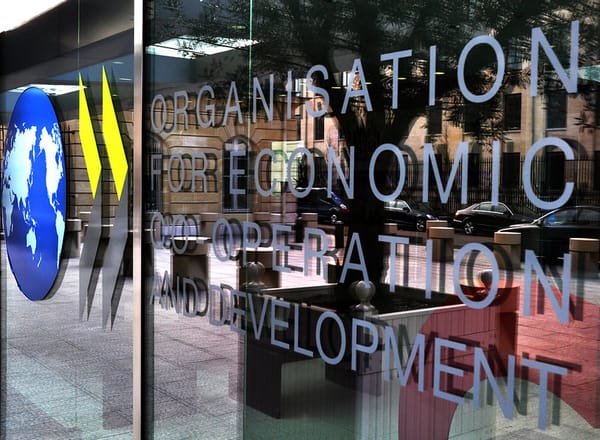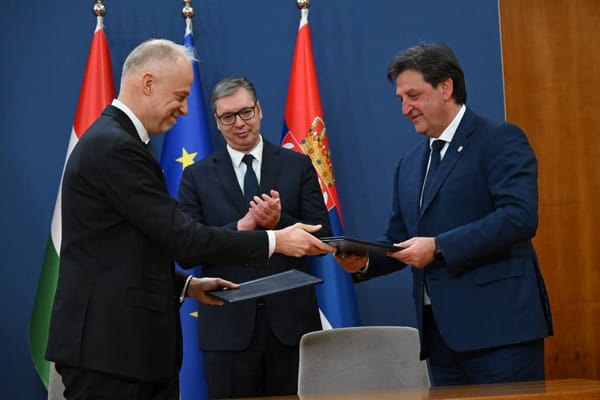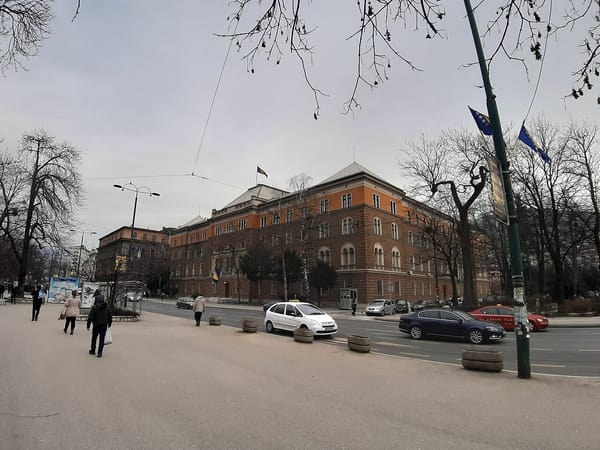
Globsec lays out proposals to bolster CEE's cyber security in new report
The EU requires an in-depth exploration of its security needs, focusing on digital resilience, cyber threats, and countering disinformation, according to a recent report by Globsec entitled “Towards a Secure Europe: Turning EU Security into Tangible Reality”. The Bratislava-based think tank adds that addressing these challenges is especially critical for Central and Eastern Europe (CEE), a region at the frontline of EU and NATO defence strategies.
Evolving security threats
Vulnerabilities to cyber threats have surged, Globsec writes. In 2023 alone, Europe accounted for 32% of cyber incidents worldwide, with SMEs among the most vulnerable, as many lack cybersecurity systems. Cyber threats in CEE have intensified, with Russian aggression targeting countries that support Ukraine. Cyberattacks now routinely threaten critical infrastructure, such as energy grids and transport systems, posing significant economic and national security risks in these states.
Globsec argues that information warfare is now a central aspect of modern conflict, necessitating a unified response from the EU to protect its citizens and institutions. The digital security challenges in CEE have been compounded by a significant rise in disinformation campaigns as Russia and other foreign actors have leveraged social media and online platforms to spread disinformation, seeking to undermine confidence in democratic institutions, destabilise governments, and sway public opinion against EU policies, it adds.
EU legislative initiatives
The EU has enacted several legislative measures to standardise and bolster cybersecurity, including the NIS2 Directive, the Cyber Security Act, and the Cyber Resilience Act, although their implementation has been delayed, and gaps in cross-border coordination persist.
The report highlights the Cyber Diplomacy Toolbox, designed to unify the EU’s response to major cyber incidents but has seen limited activation, undermining its potential as a deterrent against hostile cyber actors.
Despite these challenges, the EU’s 5G Security Toolbox has proven effective in safeguarding telecommunications across member states. GLOBSEC dds that the bloc should adopt a similar approach in other critical areas for a comprehensive defence strategy.
Strategic initiatives
The think tank proposes several initiatives: a leadership position within the EU focusing on cybersecurity and digital sovereignty across departments, increased funding and resources for EU security agencies, particularly the European Union Agency for Cybersecurity (ENISA), to help support member states effectively and integrate security into the broader EU policy framework.
The report suggests expanding EU legislation to include cyber-proofing for new laws to address vulnerabilities, while fully operationalising the Joint Cyber Unit, to streamline the EU’s response protocols and enable rapid response deployment.
Finally, Globsec calls for the inclusion of clear economic sanctions and deterrent policies in the Cyber Diplomacy Toolbox and an annual EU-wide security assessment report, similar to the European Semester, to assess and address emerging vulnerabilities.
Implications for CEE
For CEE nations, the EU’s enhanced security framework is critical. These countries, positioned on the EU’s eastern border bear the geopolitical weight of border proximity to Russia, and EU-wide digital resilience would strengthen their national defences.
As the EU prepares for new European Commission leadership, adopting a cohesive, multilayered defence model can help the EU better protect member states, bolster democratic stability, and address the cyber and geopolitical challenges that define the European security environment.





